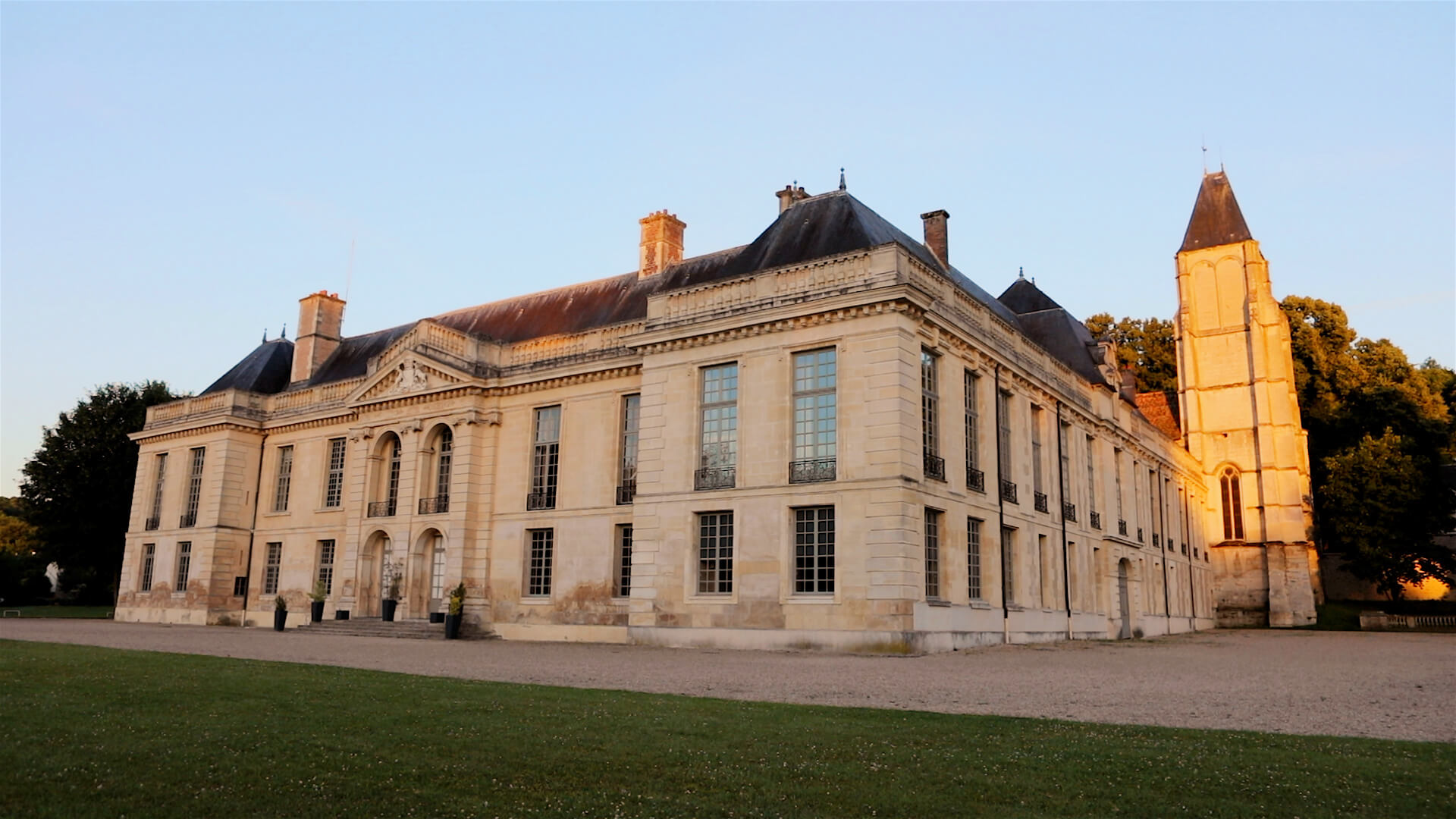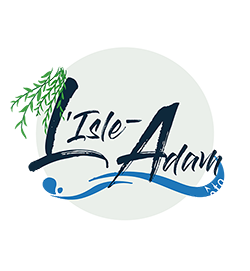The Monuments
The Pavillon Chinois
Thanks to the guided tours, expertly concocted by the guides from the Tourist Office, visitors can come and discover the mysteries of the Pavillon Chinois and unveil its secrets! The Pavillon Chinois was built in the 18th century, dates from 1785 and has been listed on the inventory of Historic Monuments since 1975. It was restored during the first year following this listing, and then a second time in 2008. It is only accessible for guided tours, to ensure it is preserved.
It can be found at the heart of the Domaine de Cassan and decorates the grounds of the château. According to legend, the plans for the Pavillion were drawn up by painter Fragonard and it is believed that he is behind the paintings in the rotunda.
When you are standing in front of this monument, you will be overcome by a feeling of peacefulness, a desire for meditation and elevation of the soul. The original and charming features all around the construction contribute to making this a calm place filled with curiosities. It is the ultimate symbol of the ornamental constructions of the Chinese-English gardens that were very fashionable at the time. It is an invitation to serenity….

The Abbey of Notre-Dame du Val
It was built on territory of the towns of Mériel and Villiers-Adam, and building work began in 1125, more than a century before the neighbouring abbeys of Royaumont and Maubuisson. It was demolished and used for building stone in 1822, than again in 1845. Today, several buildings remain, one of which is one of the most beautiful Medieval monk’s dormitories in France.
The Abbey of Notre-Dame du Val has been listed a Historic Monument since 1947 for the monk’s building, and since 1965 for the rest of the buildings.
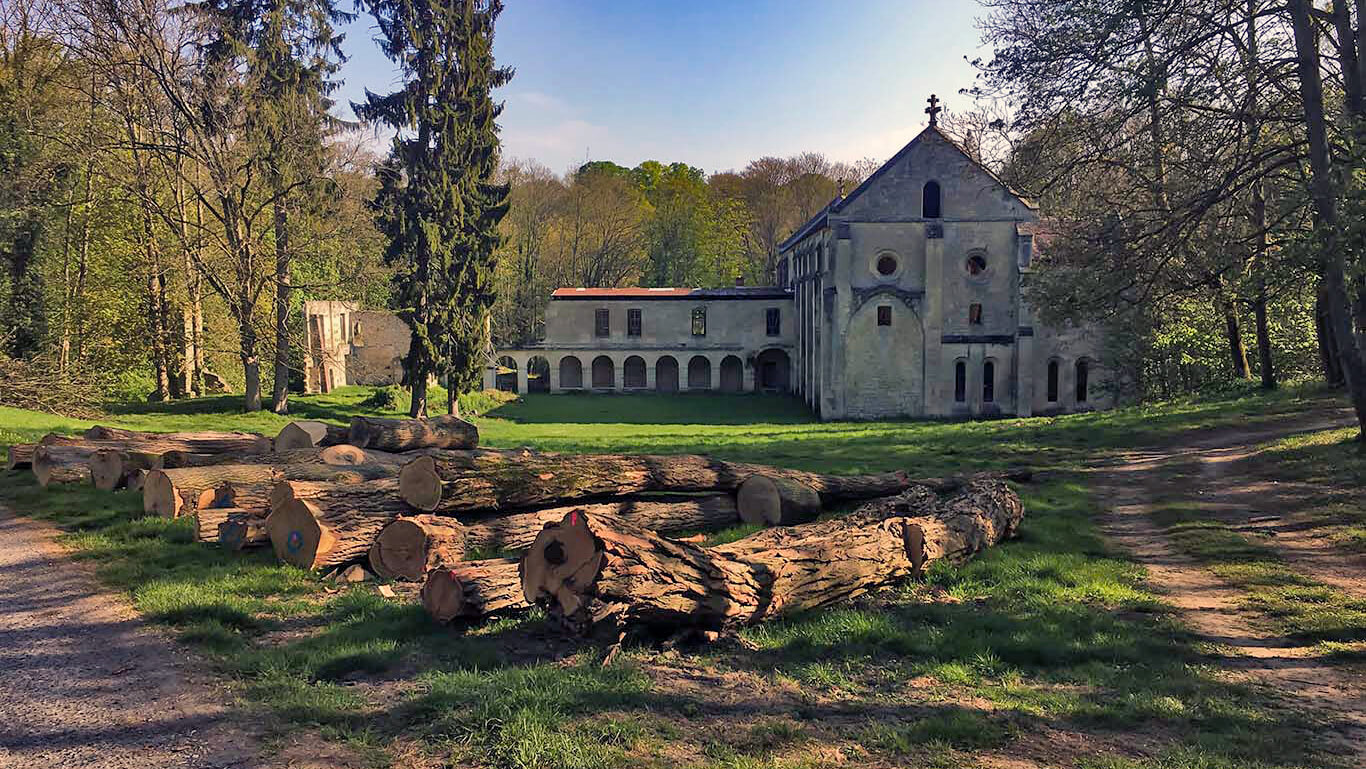
Megalithic sites
In the Val d’Oise there are now only fifteen collective burial sites and eight menhirs due to the many destructions over the years, but these remains of the past are very impressive. Since 1800, at least thirteen covered walkways and five menhirs have been either dismantled or cut down into cobblestones. Prehistorians believe that there were at least three hundred collective burial sites in the department in Neolithic times. Among the unmissable megalithic sites are the “Trou aux Morts” in Parmain, the “Pierre Turquaise”, the “Blanc Val” covered walkway, the “Coffre Mégalithique de Bellevue” and the “Dolmen de la Pierre Plate” in Presles.
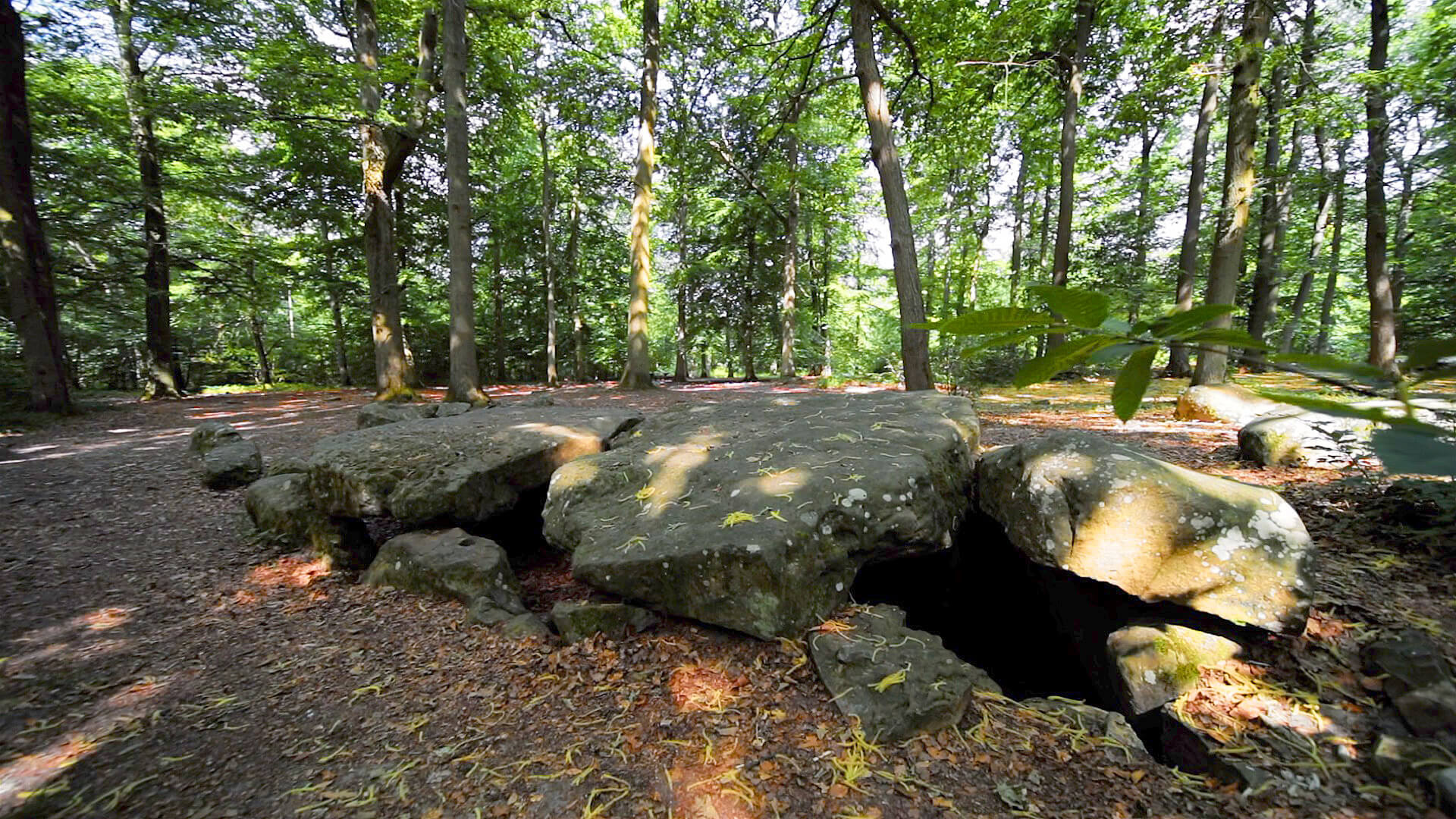
Cabouillet Bridge
The remains of the Medieval castle drawbridge… Cabouillet bridge, listed a Historic Monument in 1936, was built in stone and dates back to 1500. It was built under Antoine de Villiers-Adam and is made up of three arches, one of which is not over the water because this was where the drawbridge once was. The word “cabouillet” comes from Vexin local dialect and means “rabouiller” in French. This expression refers to the act of stirring up the waters to make it easier to fish, carried out by the wives of fishermen, on the fishing boats with them.
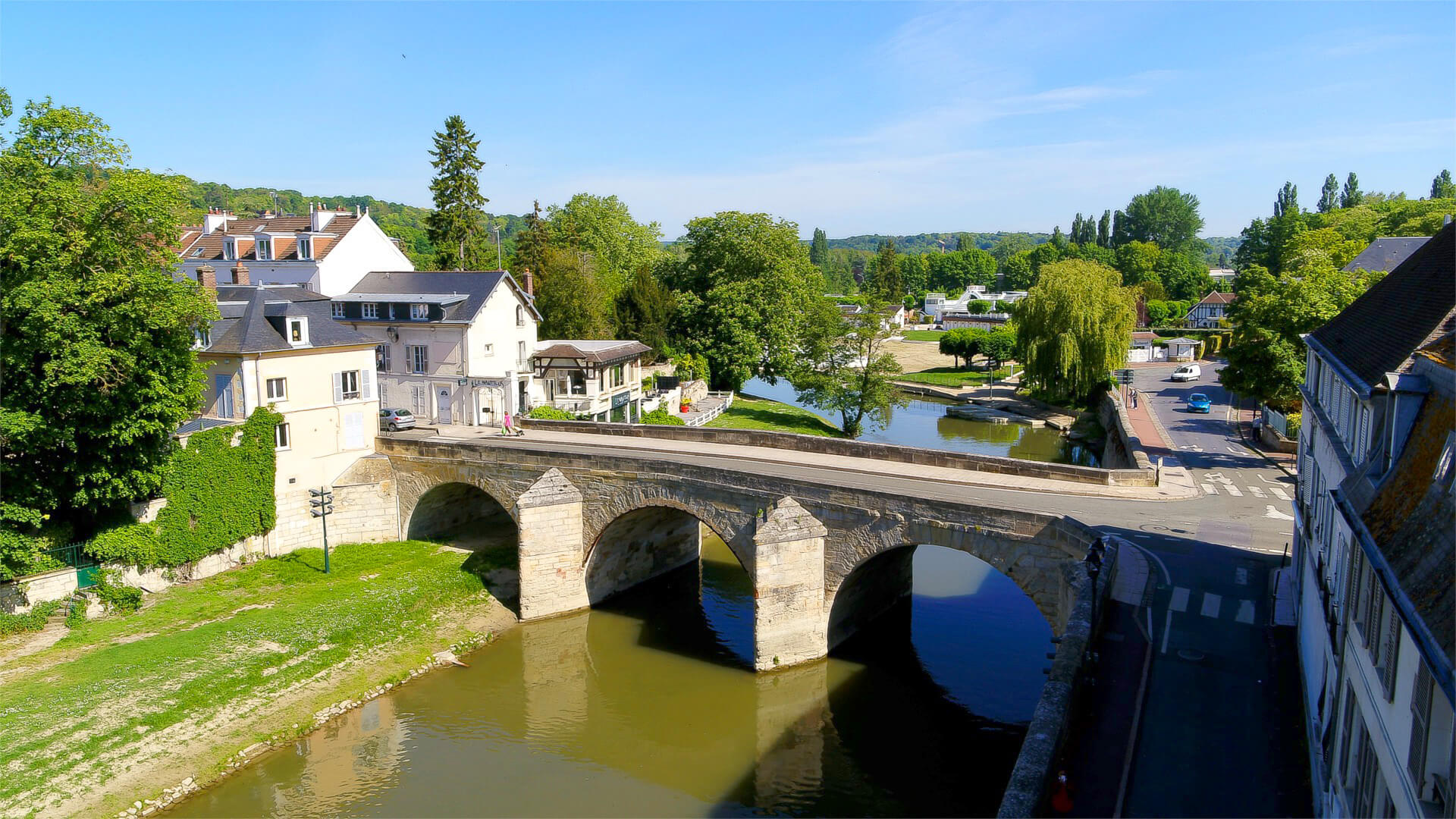
Villiers-Adam Municipal Wash House
The village wash house was once the place where the women of the village would meet up, until the end of the Second World War. When it was built in 1808, the wash house was overlooked by a stone building that collapsed. It was renovated several times (1860, 1887 and 1921). The construction wasn’t really put to use after the Second World War and it was vandalised on many occasions. The most recent restoration work started in 2009 thanks to the participation of ten young volunteers from the association “Rempart” (Restoration and Maintenance of Monuments of Artistic Heritage). Since then, every summer, they raise funds to replace the walls, the roof and the framework. The association “Mémoire d’Avenir” (association for the enhancement of Chauvry Valley) hopes that this place, which will be managed by the Town Hall, will eventually be able to welcome walkers, educational programmes and cultural events (small concerts, theatre productions).
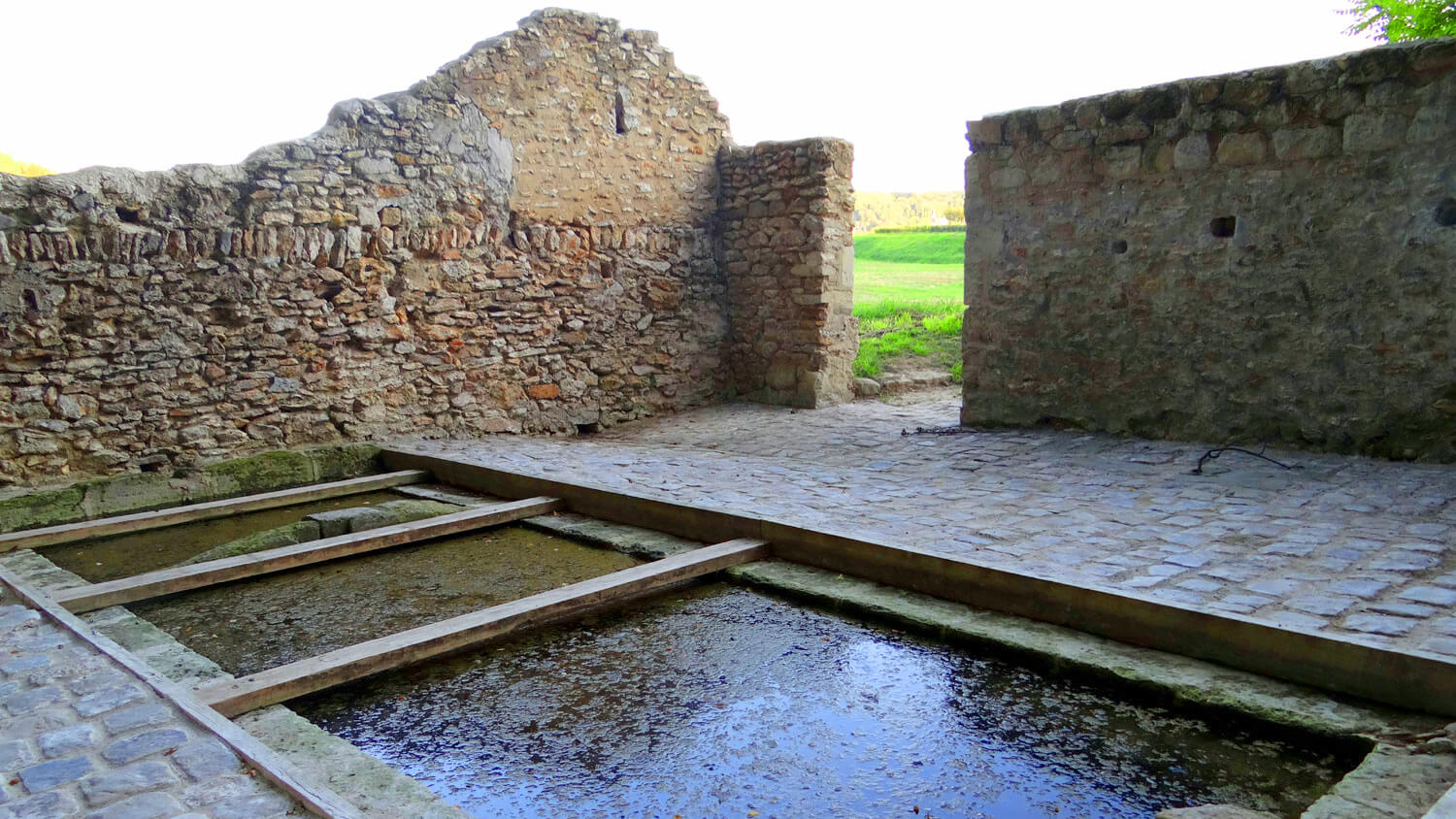
Béthemont-la-Forêt Fountain-drinking trough and place for washing hooves
There is a curiosity in this village that has now become extremely hard to find, a place for washing the horse’s hooves so that farmers didn’t get the footpaths of the village dirty when leaving the fields with their animals. The fountain-drinking trough dates from the first half of the 19th century, features a lion’s head sculpted into granite and was used for horses to drink from after a long journey or hard work in the fields. From the Middle Ages right up until 1950, the main economic activities of the village were farming and chestnut wood (to satisfy the needs in wine-making). This place for washing hooves was made using limestone and is one of the last remaining examples of this type of construction in Île-de-France. This one in particular is quite deep and the horses could walk through the water.
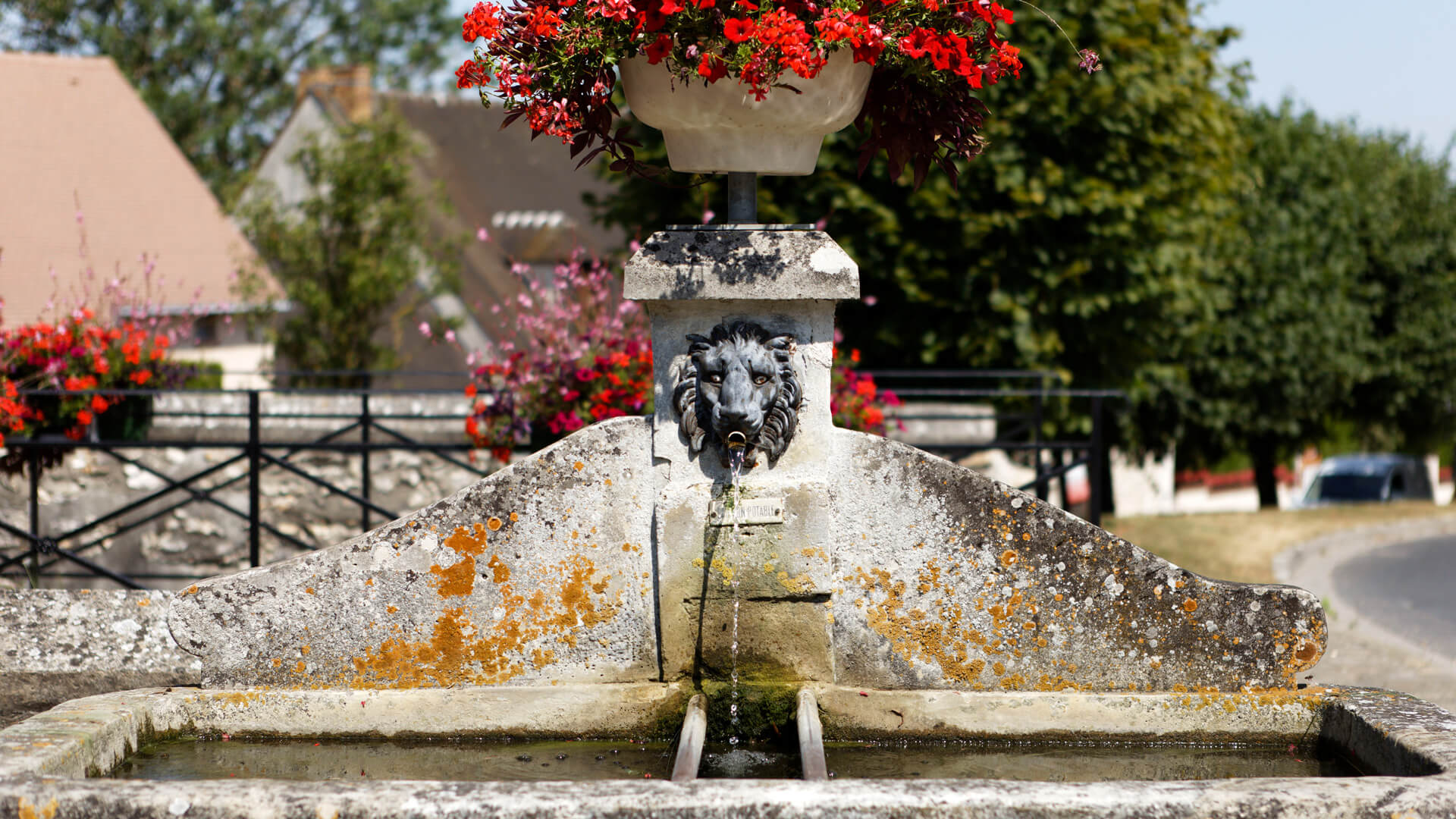
Le château de Méry-sur-Oise
This unmissable place is on the lefts banks of the Oise, at the heart of the town centre of Méry-sur-Oise.
In 2004, Méry town council purchased the estate with the help from the Ile de France Region, the Department of Val d’Oise and the Agence Régionale des Espaces Verts. The Château is now owned by the locals of Méry-sur-Oise and hosts cultural events organised by insitutional partners and the town council.
